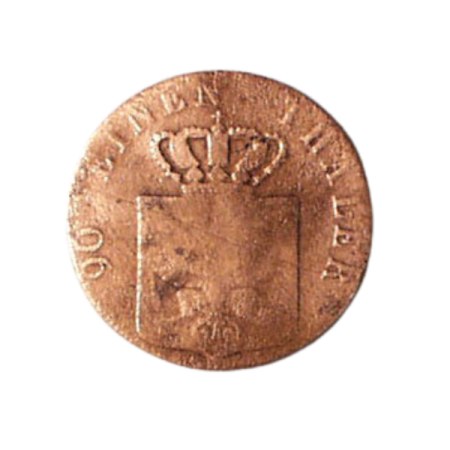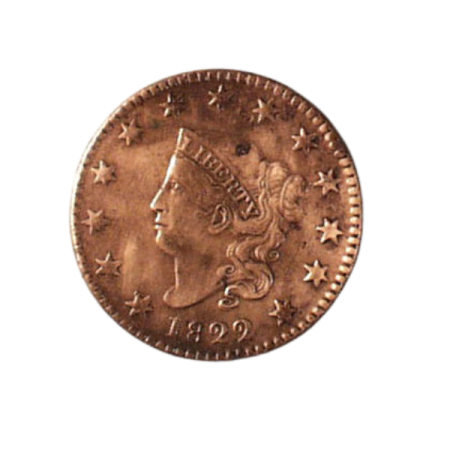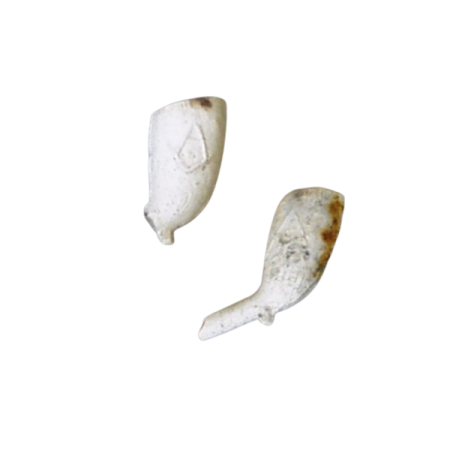
The Archaeological Site
A Community Digs its Past: The Lee Street Site
The Lee Street exhibit reveals the archaeological process and the history of Alexandria as seen through the lens of the Lee Street Site (archaeological site 44AX180) and several other waterfront sites.
Preserved on the Lee Street Site was a cross-section of Alexandria's history from its founding in 1749 into the 20th century. Eighteenth-century wharves remained intact below remnants of a bakery, taverns, and residences that had sprung up on the bustling waterfront. The block was later used by the Union Army as a hospital support facility for the huge influx of soldiers during the Civil War. These layers of time were preserved under shallow foundations and a paved parking lot. The exhibit weaves together the story of the wharves, taverns, bakery and Civil War privy excavated at the corner of Lee and Queen Streets with the step-by-step process of archaeology from research and excavation to lab work and conservation.
The Archaeological Site
Historical documents and archaeological evidence work together to answer questions.
Historical documents are just one part of the overall story. Artifacts from a tavern at the Lee Street Site show the diverse activities and people that worked in and used the space. Maps, newspapers, census records, artifacts, features like building remains, and even artwork are all historical clues. Archaeologists collect and combine information from multiple sources to get a better understanding of a specific place in time.

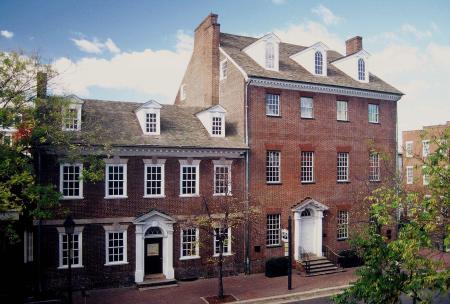
Lee Street Site Map
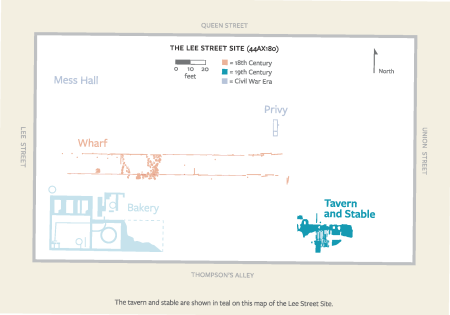

Excavating the tavern - in the field
The exact context, or location, of artifacts and features on a site help interpret when and what happened in a specific place. The Lee Street Site (44AX180) contains evidence of over 100 years of city life. Each object’s location is key. Archaeologists recorded the horizontal and vertical context of each artifact and feature on the site. This information helps determine which artifacts were associated with the tavern and which artifacts were left behind by people who used the site after the tavern was gone.

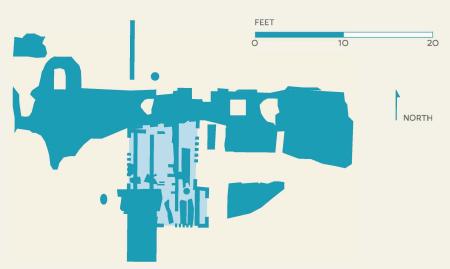
Excavating the tavern - in the archives

Before archaeologists excavated the Lee Street Site, researchers dug into the archives and found documentation of a tavern located on this block. The first tavern license was issued for this building by 1815. John Jeminy and John Mannery operated the tavern between 1819 and 1835.
Enslaved people and evidence of their lives and labor can be seen in businesses and homes throughout Alexandria. The households of Jeminy and Mannery included three enslaved people as shown in the 1830 census. It was common for both free and enslaved Black Alexandrians to carry out work in taverns like this one.
What was tavern life like?
Alexandria’s taverns served a similar purpose to today's restaurants and hotels. For some, they were a hub of social and economic life, a center for community, and a rest stop for travelers. For others they were a place of work or enslavement.
Food
Free and enslaved people set the tavern tables with items like these, imported mainly from England. Most of the tableware found at the Lee Street Site was relatively inexpensive for the day, suggesting that the tavern did not cater to the richest clientele.
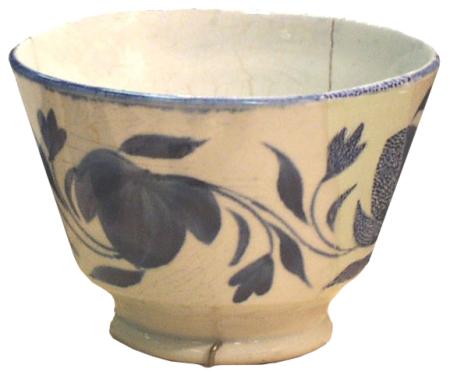

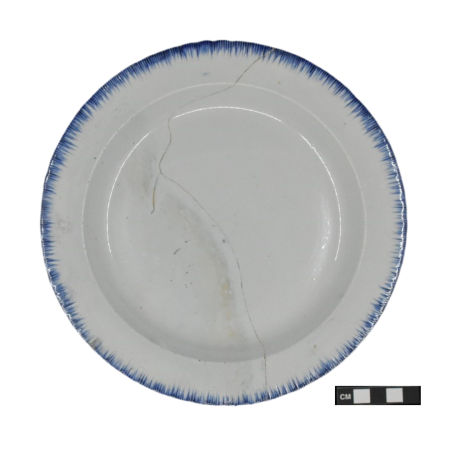
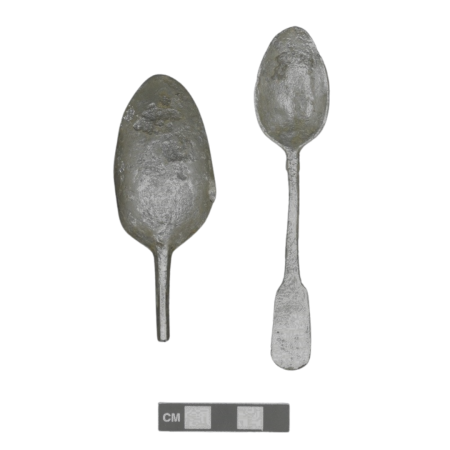
Entertainment
19th century taverns were places for conversation and for music, played on instruments like this fife mouthpiece (1). Taverns had to follow the moral laws of the time, included a ban on gambling and drinking on Sundays. These clay marbles (2) may have been used for illicit gambling at the tavern.
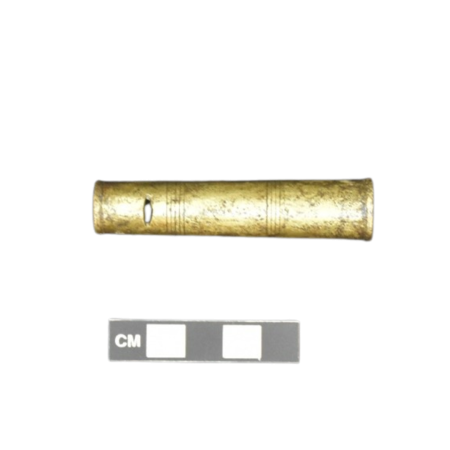

Personal Artifacts
Taverns served many different people, both local Alexandrians and travelers. These artifacts tell us more about the people who frequented the tavern and those who worked there.

